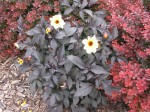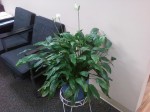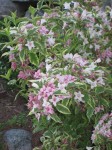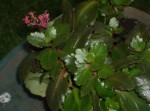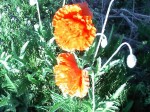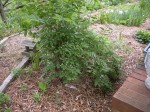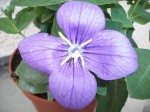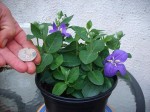Ask the Expert: What is this flower
I found this flower last week in a garden at a park in Warsaw Indiana. I don’t know if it is an annual or perenial. Does anyone know what it is. Mary
Plant Expert Reply:
I believe what you have is a Dalia called Summer Nights. The yellow flowers next to the rich dark foliage is amazing. Unfortunately, I am not sure if it is perennial or annual. You might pop into your local garden center and see if they are familiar with this plant.


 Find Your
Find Your 